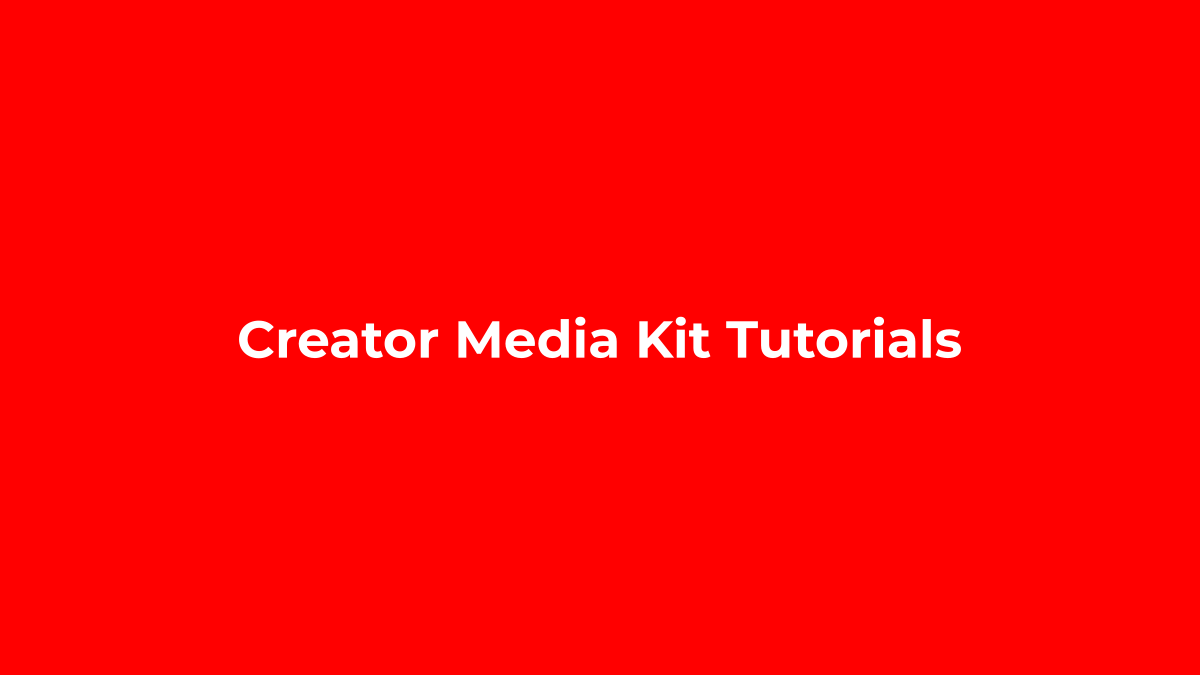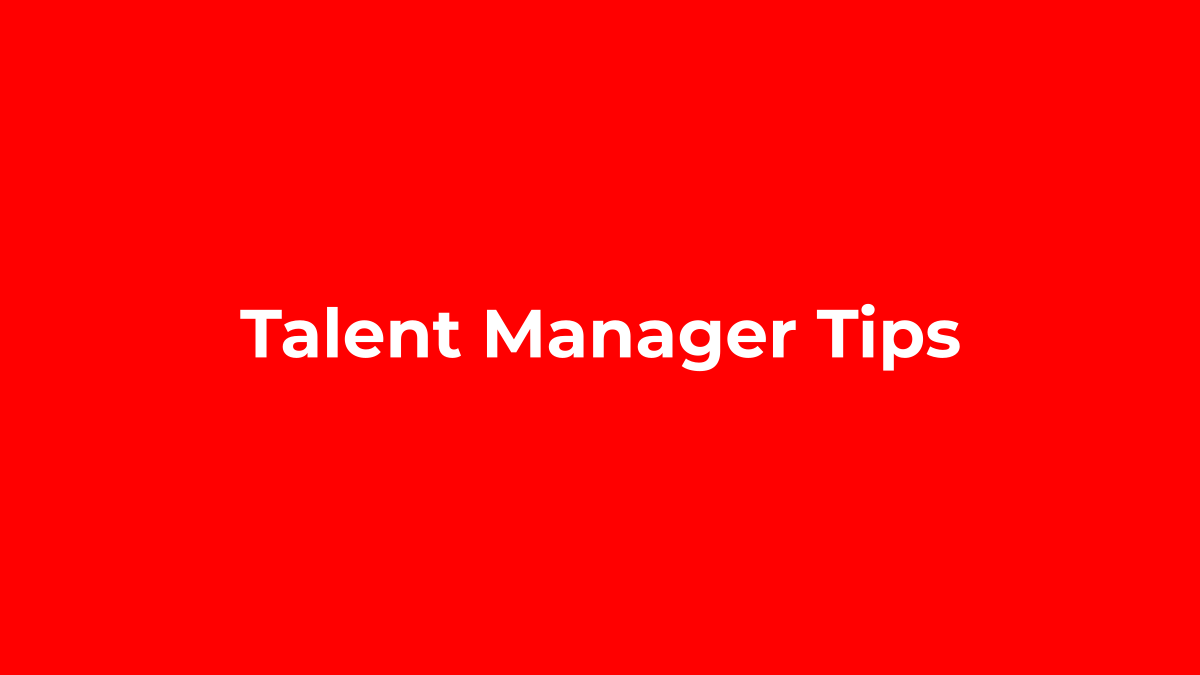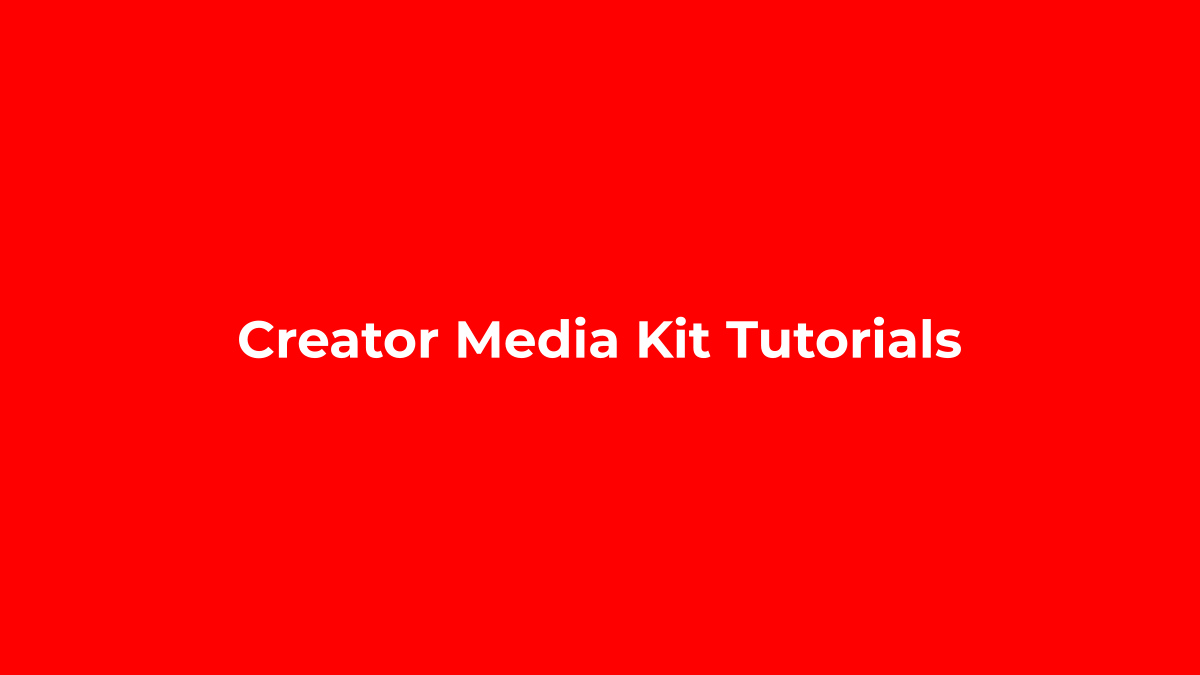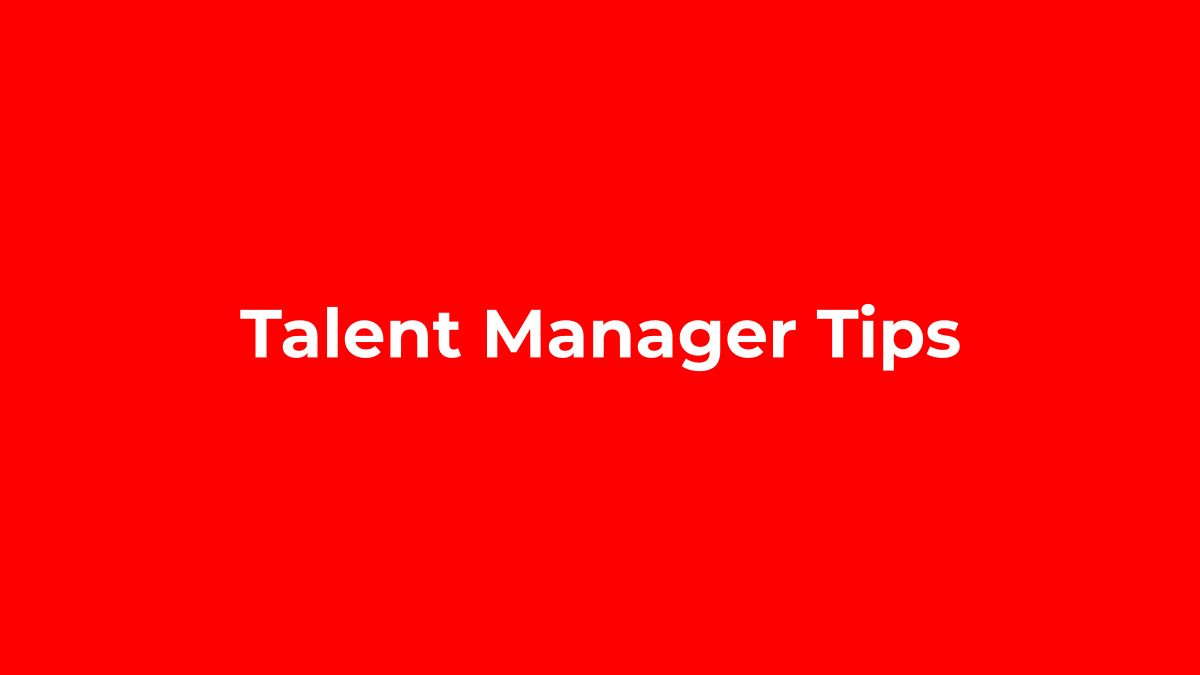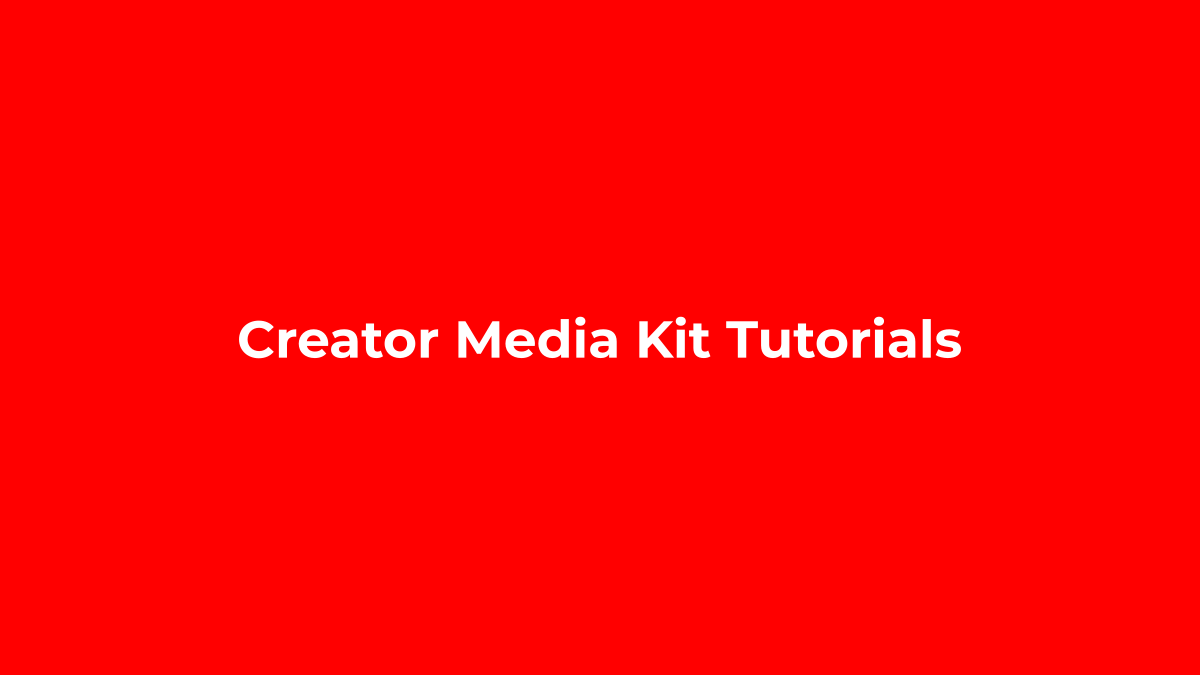If you’re looking to expand your creator brand and secure collaboration deals in 2025, having an up-to-date and visually appealing media kit is essential. But are you aware of the latest trends and tools shaping the future of Creator Media Kit Designs? In this guide, we’ll introduce you to the top innovative trends you can’t afford to miss.
Contents
Dynamic & Interactive Features
Static PDF media kits no longer command attention like they used to. Creators in 2025 are adopting dynamic and interactive elements—such as embedded videos, clickable image carousels, and animated infographics—to keep potential collaborators engaged.
- Tip: Consider tools like Adobe Express to build interactive media kits with minimal effort.
- Example: Embedding a brief introduction video directly into your media kit allows brands to see your personality first-hand.
Integrated Social Proof
The integration of real-time social data like follower counts, engagement metrics, and testimonials makes media kits more persuasive. Brands today prefer validated credibility over static self-reported metrics.
- Tip: Tools such as mediakits.app automate social media data integration, ensuring your media kit is always accurate and credible.
- Example: Including live updates of your TikTok follower growth can greatly increase trustability.
Mobile-First Design
With most brand executives and PR departments viewing media kits on mobile devices, responsive design has become non-negotiable. Modern creator media kits need to function seamlessly across smartphones, tablets, and desktops.
- Tip: Test your media kit’s functionality on multiple mobile devices before sending it out.
- Example: Avoid large PDFs or slow-loading images; compact, adaptable formats like HTML-based microsites perform best.
Analytics-Powered Kits
Advanced creators are now leveraging analytics features within their media kits. This allows you to track interest, identify popular sections, and optimize your kit’s performance continually.
- Tip: Use platforms offering built-in analytics like mediakits.app to track views, clicks, and brand interactions.
- Example: Understanding the popularity of specific sections can inform future updates and help close deals faster.
Conclusion
- Adopt dynamic elements to enhance interactivity.
- Integrate live social proof to bolster credibility.
- Prioritize mobile-responsive designs.
- Leverage built-in analytics for continuous optimization.
Discover more valuable insights and tutorials to craft impactful media kits by visiting https://mediakits.app/category/creator-media-kit-tutorials/
